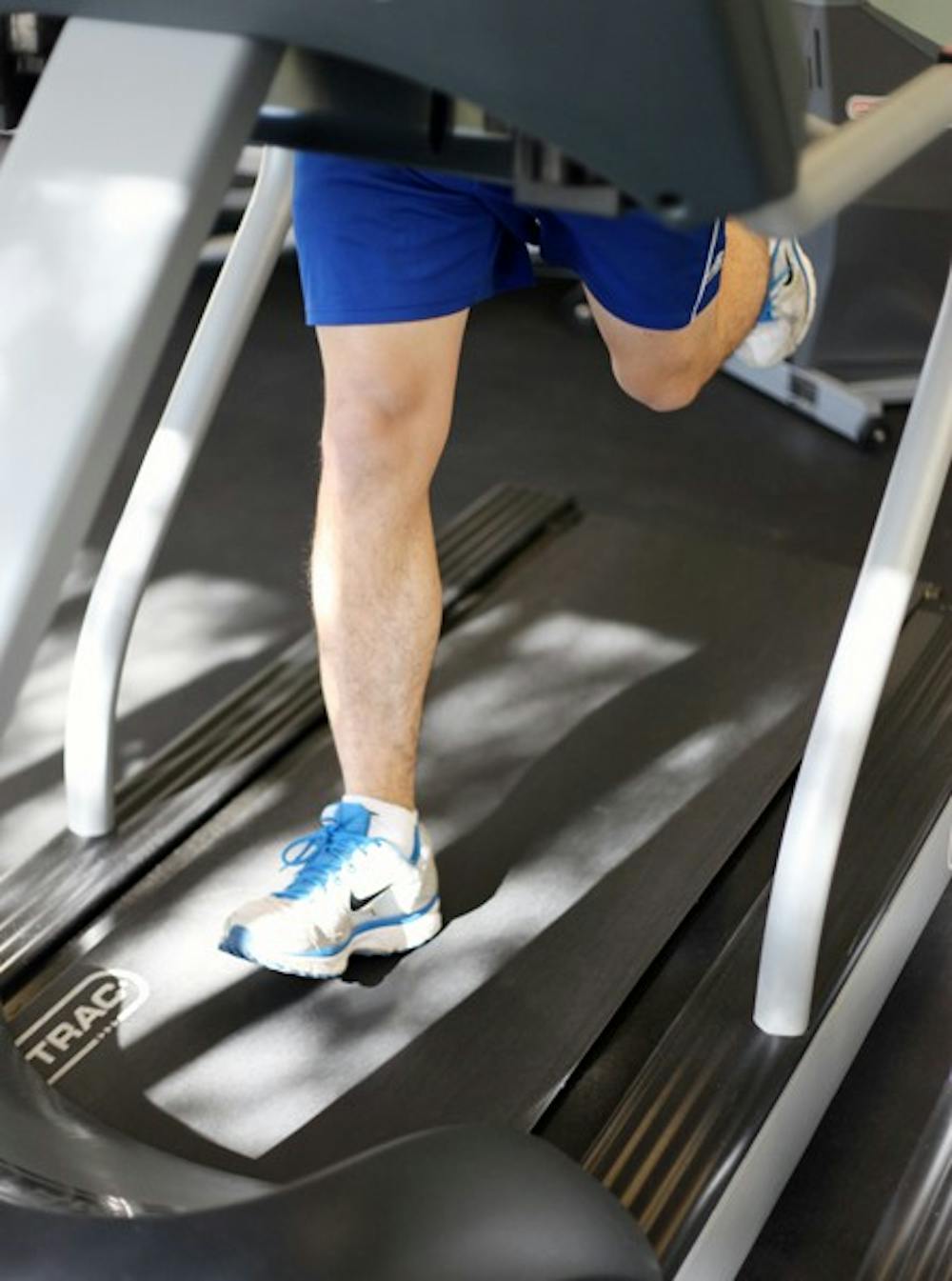Every spring, ASU’s Student Recreation Center sees its highest number of visitors as students strive to keep New Year’s resolutions and become healthier, said Tamra Garstka, campus recreation director, in an email.
At the beginning of the spring semester, SRC attendance spikes to about 6,500 students compared to 6,000 students in the beginning of the fall semester, Garstka said.
“We definitely have an increase in participation from fall semester to spring … and it is sustained much longer in the spring semester,” Garstka said.
The SRC has intermural sports and Sun Devil Fit and Mind classes, but the classes tend to fill up at the beginning of the semester, Garstka said.
Every New Year there is hype among students to have a healthier lifestyle. However, those resolutions can be short lived if certain measures are not taken, according to health and mind experts.
“It’s a combination of strategies to breaking or creating a habit,” said Deborah Hall, an assistant psychology professor at the New College of Interdisciplinary Arts and Sciences.
When people do not take small steps toward a milestone, New Year’s resolutions fail, Hall said.
“People are guided by their final goal, but they don’t set up steps,” Hall said. “Try to build a new environment where you won’t have the tendency to do the bad habit again.”
For example, if you are used to smoking a cigarette when walking a specific route to class, walk a different route, Hall said.
Resolutions backfire when you are around people who are not compatible with your goals, she said.
For students with busy schedules, Garstka recommends incorporating an early morning exercise program into your schedule.
“Schedule your fitness just as you do your classes,” Garstka said.
She said an early morning exercise will jump start your body’s metabolism and burn more calories through the day.
Garstka said it is important to gradually increase the exercise program regimen.
“We tend to overdo the first week or two and then, because of soreness and/or frustration, we quit,” Garstka said.
Whole Foods Market in Tempe also sees an increase in students at the beginning of the year, said Whole Foods spokeswoman Theresa Sarna.
“We see a lot of students buying produce, which is a good thing,” she said.
Sarna said she recommends students to start incorporating more greens and whole grains in their diet, such as adding a small salad to dinner or eating whole grain pasta.
The best way would be to prepare food at home and steer away from eating out, she said.
“Find one thing that works for you and just stick to it,” Sarna said.
Reach the reporter at thaniab@asu.edu




